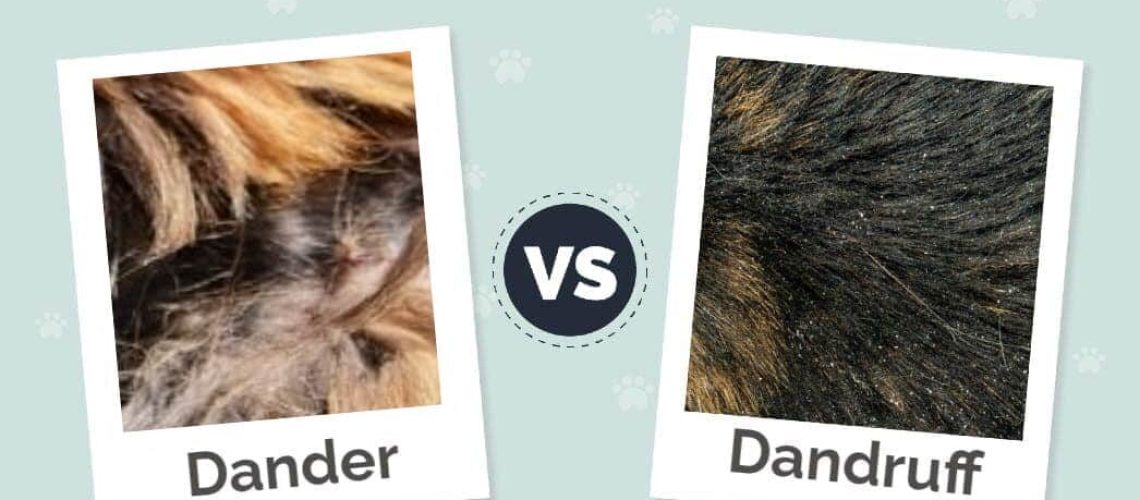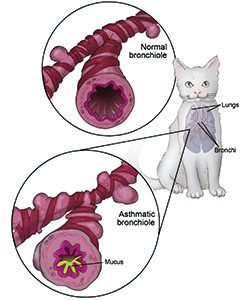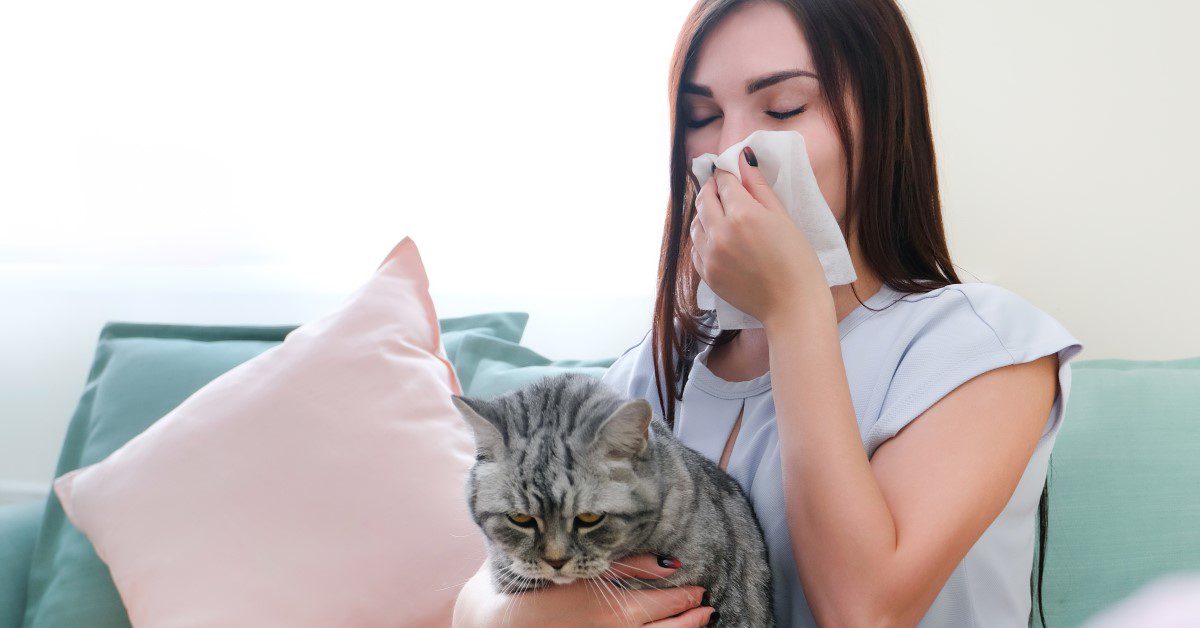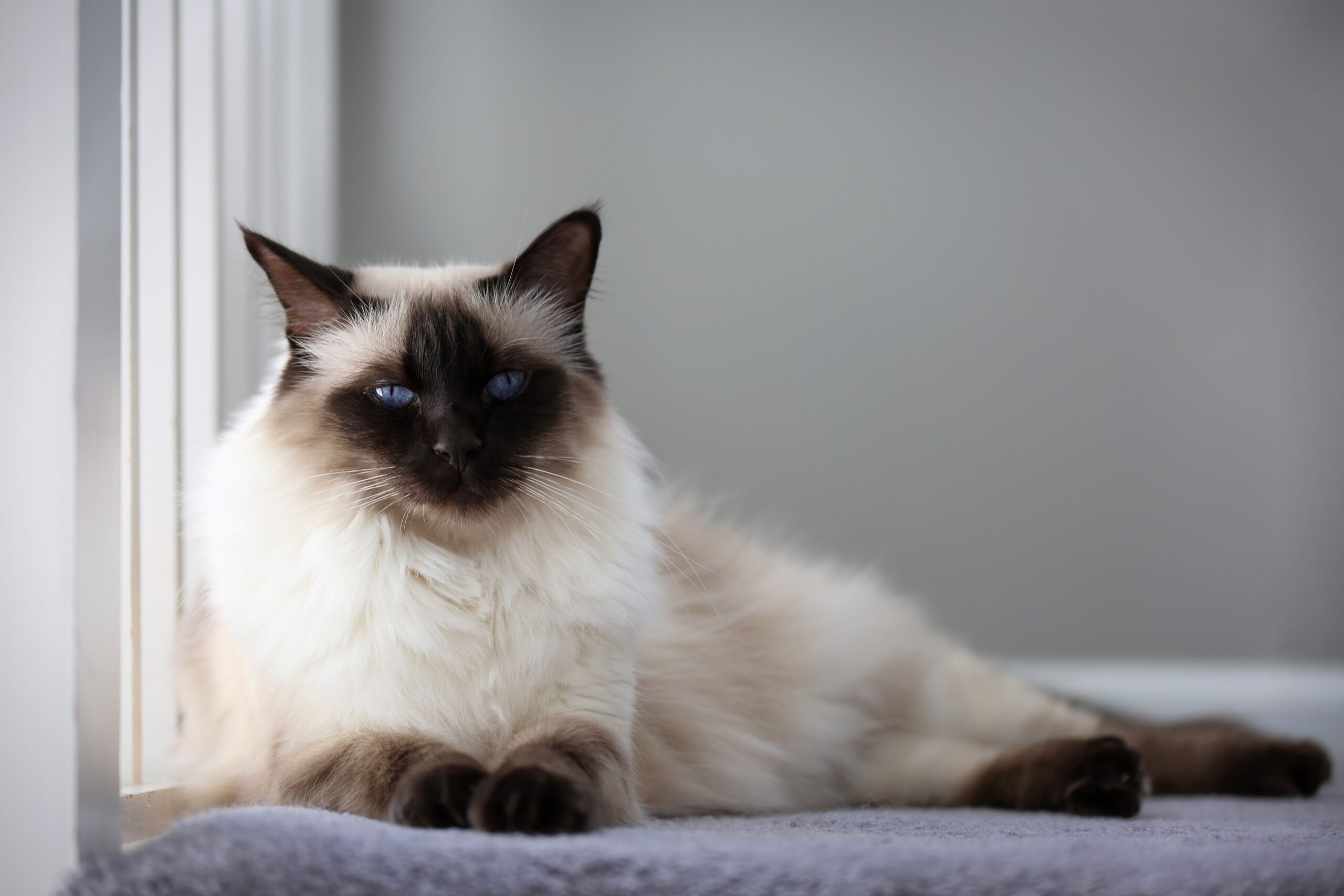Discover what cat dander is and how it can affect you. Learn about common symptoms of cat allergies and the potential risk for asthma attacks. Find out why cats produce dander and how much they can produce.
Key Takeaways:
- Cat dander is made up of tiny particles of dead skin that cats shed.
- It is a common allergen that can cause allergic reactions in some people.
- Cat dander can be found in the air, on surfaces, and on cat fur.
- Regular cleaning and grooming can help reduce cat dander in the home.
- Air purifiers and allergy medications may provide relief for those with cat dander allergies.
What is cat dander?
Cat dander refers to tiny particles of dead skin that cats shed. These microscopic pieces of skin can become airborne and settle on surfaces in your home, such as furniture, carpets, and bedding. Cat dander also contains proteins from the cat's saliva and urine, which can further contribute to allergic reactions in some people.
Why do cats produce dander?
Cats produce dander as a natural part of their grooming process. When cats groom themselves, they lick their fur, and this licking action causes dead skin cells to be released into the environment. This process helps keep their fur clean and healthy but can result in the presence of dander in your home.
How much dander does a cat produce?
The amount of dander produced by a cat can vary depending on various factors such as the individual cat's breed, age, health, and grooming habits. On average, cats with longer hair may produce more dander than those with shorter hair due to the increased surface area for dead skin cells to accumulate.
How does cat dander affect people?
Cat dander can trigger allergic reactions in some individuals. When a person with a cat allergy comes into contact with cat dander, their immune system mistakenly identifies it as harmful and releases chemicals like histamine to protect the body. This immune response leads to symptoms such as sneezing, itching, watery eyes, coughing, or even difficulty breathing.
What are common symptoms of a cat allergy?
- Sneezing
- Congestion
- Runny or stuffy nose
- Itchy or watery eyes
- Coughing
- Wheezing or shortness of breath
- Skin rash or hives
Can cat dander cause asthma attacks?
For individuals with asthma, exposure to cat dander can trigger asthma symptoms and potentially lead to an asthma attack. The allergens present in cat dander can irritate the airways and cause inflammation, making it difficult for a person with asthma to breathe properly.
Can cat dander cause allergies?
Yes, cat dander can cause allergies in some people. Allergies occur when the immune system reacts to a substance that is normally harmless, such as cat dander. The proteins found in cat dander can be particularly potent allergens and may trigger allergic reactions even in individuals who have never had allergies before.
Why do some people have allergic reactions to cat dander while others don't?
The development of allergies is influenced by a combination of genetic and environmental factors. Some individuals may have a genetic predisposition to develop allergies, making them more susceptible to allergic reactions when exposed to cat dander or other allergens. Additionally, repeated exposure to cat dander over time can sensitize the immune system, leading to the development of an allergy.
How common are cat allergies?
Cat allergies are relatively common, affecting around 10% of the population. However, it's important to note that each person's sensitivity to cat dander can vary. While some individuals may experience severe allergic reactions upon contact with even small amounts of dander, others may only exhibit mild symptoms or not be affected at all.
How can you reduce the amount of cat dander in your home?
Reducing the amount of cat dander in your home can help alleviate allergic reactions and create a more comfortable living environment. Here are some steps you can take:
Frequent grooming
Regularly brushing your cat's fur can help remove loose hair and dead skin cells, reducing the amount of dander in the environment. It is best to do this outdoors or in a well-ventilated area to prevent the dander from spreading inside.
Designated cat-free areas
Creating specific areas in your home where your cat is not allowed can help minimize exposure to dander. For example, keeping your bedroom off-limits to your cat can provide you with a dander-free space for sleeping.
Clean and vacuum regularly
Regularly cleaning surfaces, floors, and furniture with a damp cloth or vacuum cleaner equipped with a HEPA filter can help remove settled dander from your home. This reduces the chances of it becoming airborne and triggering allergic reactions.
Air purifiers
Using air purifiers with HEPA filters can help capture and filter out airborne allergens such as cat dander. Place these purifiers in rooms where you spend the most time to improve indoor air quality.
Are there any health risks associated with cat dander?
In addition to causing allergies, exposure to cat dander may pose certain health risks for individuals with compromised immune systems or respiratory conditions. These individuals may be more susceptible to infections or experience worsened symptoms due to the presence of allergens in cat dander.
Can cat dander transmit diseases?
Cat dander itself is not known to transmit diseases directly. However, if a person touches cat dander and then touches their eyes, nose, or mouth without proper hand hygiene, they may introduce any potential pathogens present on the dander into their body.
Is it safe to have a cat if you have allergies?
Having a cat when you have allergies can be challenging but not impossible. Some individuals with milder allergies may be able to manage their symptoms by taking allergy medications and implementing strategies to reduce exposure to cat dander. However, it is essential to consult with a healthcare professional before deciding whether having a cat is suitable for your specific situation.
Can regular cleaning help control cat dander in the environment?
Regular cleaning can indeed help control the amount of cat dander in your home. By following a consistent cleaning routine, you can minimize the presence of allergens and create a healthier living space. Here are some cleaning tips:
Vacuuming
Use a vacuum cleaner equipped with a HEPA filter to thoroughly clean carpets, rugs, and upholstery where dander can accumulate. Vacuuming at least once or twice a week can significantly reduce the amount of settled dander in your home.
Dusting
Dust surfaces regularly using a damp cloth or electrostatic dusting tools that attract and capture dust particles effectively. Pay attention to areas where dander may settle, such as shelves, window sills, and baseboards.
Washing bedding
Wash bedding materials such as sheets, pillowcases, and blankets frequently in hot water to remove any trapped dander. This helps ensure that you are not exposed to allergens while sleeping.
Cleaning pet accessories
Regularly clean your cat's bed, toys, litter box area, and other accessories to prevent the buildup of dander. Follow the manufacturer's instructions for cleaning each item effectively.
Are there any specific breeds of cats that produce less dander than others?
While no cat breed is entirely hypoallergenic, some breeds are known to produce fewer allergens or shed less dander than others. These breeds may be better suited for individuals with allergies, but individual reactions can still vary. Here are a few examples:
Sphynx
The Sphynx is a hairless breed known for producing minimal dander since it lacks fur. However, it's important to note that the proteins present in their saliva and urine can still cause allergic reactions in sensitive individuals.
Russian Blue
Russian Blues are often considered hypoallergenic due to their low levels of Fel d 1, a protein known to trigger allergies. They have dense coats that trap dander close to their bodies, reducing its spread in the environment.
Bengal
Bengal cats have short, pelt-like fur that requires less grooming and shedding compared to some other breeds. This can result in fewer allergens being released into the environment.
Siberian
Siberian cats are believed to produce lower levels of Fel d 1 protein compared to other breeds. Some individuals with cat allergies report experiencing fewer symptoms when around Siberians, although individual reactions can still vary.
Can regular cleaning help control cat dander in the environment?
Importance of Regular Cleaning
Regular cleaning plays a crucial role in controlling cat dander in the environment. Cat dander consists of tiny flecks of skin that are shed by cats and can trigger allergic reactions in sensitive individuals. By maintaining a clean living space, you can significantly reduce the amount of cat dander present, thus minimizing allergic symptoms. Vacuuming carpets, rugs, and upholstery with a HEPA filter vacuum cleaner helps to remove loose dander that may have settled on these surfaces. Additionally, regularly washing bedding and curtains can eliminate any trapped dander.
Effective Cleaning Techniques
To effectively control cat dander, it is important to focus on areas where cats spend most of their time. Use damp cloths or microfiber dusting tools to wipe down surfaces such as furniture, shelves, and window sills where dander tends to accumulate. Pay special attention to areas where cats like to sleep or groom themselves. Using allergen-reducing sprays or wipes specifically designed for pet allergens can also be helpful in removing and neutralizing cat dander.
Tips for Controlling Cat Dander:
- Vacuum carpets and upholstery at least twice a week.
- Wash bedding and curtains regularly in hot water.
- Dust surfaces with damp cloths or microfiber tools.
- Use allergen-reducing sprays or wipes on furniture.
- Create designated cat-free zones within your home.
By following these regular cleaning practices and incorporating targeted techniques, you can effectively control cat dander in your environment and create a more allergy-friendly space.
Are there any specific breeds of cats that produce less dander than others?
Hypoallergenic Cat Breeds
While no cat breed is completely hypoallergenic, there are certain breeds that tend to produce less dander or have coats that are less likely to cause allergic reactions. These breeds can be a good option for individuals with allergies who still want to enjoy the companionship of a feline friend. Some hypoallergenic cat breeds include:
1. Siberian Cats:
Siberian cats are known for producing lower levels of the Fel d 1 protein, which is a common allergen found in cat saliva and dander. Their dense, long fur may also help to trap dander and reduce its spread.
2. Balinese Cats:
Balinese cats have a single coat that produces less dander compared to other breeds. They are often considered more suitable for individuals with allergies.
3. Russian Blue Cats:
Russian Blue cats have short, dense fur that sheds minimally, resulting in reduced dander production. This makes them a potential choice for those with allergies.
It's important to note that individual reactions to cat allergens can vary, so it's recommended to spend time with any cat breed you're considering before making a decision. Additionally, regular grooming and cleaning practices should still be maintained even with hypoallergenic breeds to further minimize exposure to allergens.
| In Conclusion | |
| Cat dander | is a common allergen found in the fur, saliva, and urine of cats. |
| It can cause allergies | in sensitive individuals, leading to symptoms like sneezing, itching, and difficulty breathing. |
| Managing cat dander | includes regular grooming, cleaning the house thoroughly, using air purifiers, and considering allergy medications. |
Is cat dander harmful?
Regrettably, pet dander has the potential to cause indoor air pollution and reduce the air quality that you inhale. While it is not typically harmful, it can aggravate allergies in individuals. In fact, pet dander is often one of the leading causes of allergies.
What does a cat dander look like?
How Does Cat Dander Appear? Cat dander is too small to be seen by the naked eye, but it is still present on many surfaces. However, cat dandruff is visible and typically appears as small, white, semi-transparent flakes on your pet. Sometimes, the dandruff may also have strands of hair or fur attached to it.
What destroys cat dander?
All pet products claim to be effective at getting rid of dander, but even ordinary household items like dishwashing soap or baby shampoo can get the job done.
How long does cat dander stay in a house?
Pet dander can linger in your home for as long as six months after the animal has been removed. This means that individuals with allergies or asthma may experience reactions to the residual dander in their homes for a significant period of time. After being initially shed, the dander can remain in the air for a few hours before settling in nearby areas.
Will cat dander go away on its own?
Surprisingly, pet dander can linger in a house for several months after a pet has left. This means that even if you don't have a pet of your own, you may still be affected by pet dander if you move into a new home.
Does washing remove cat dander?
CONCLUSION. Based on our study, it appears that washing cotton fabrics containing allergens in water is a straightforward and efficient way to eliminate cat allergen from clothing.

















